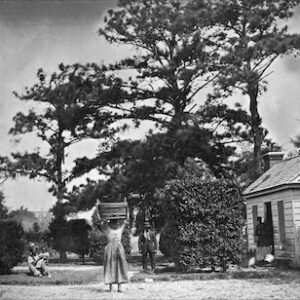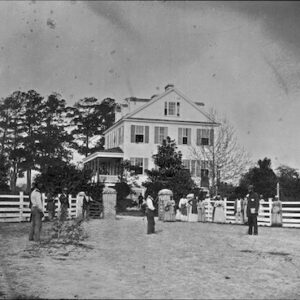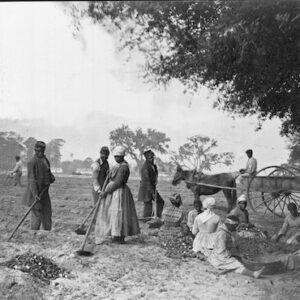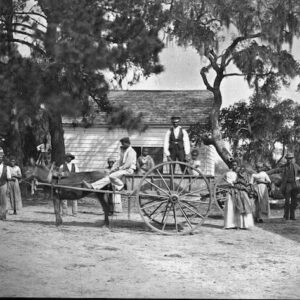Tag: Hopkinson plantation (Edisto Island SC)
Wikipedia says: Edisto Island is one of South Carolina’s Sea Islands, the larger part of which lies in Charleston County, with its southern tip in Colleton County. The town of Edisto Beach is in Colleton County, while the Charleston County part of the island is unincorporated.
The island, the town, and the Edisto River are named after the historic Edistow people, a Native American sub-tribe of the Cusabo Indians, who inhabited the island as well as nearby mainland areas.
Indigenous peoples often had fishing camps on the islands, using them seasonally. The historic Edisto people are known to have occupied the island as well as mainland areas and traded with the upcountry Catawba. The sub-tribe became extinct during the colonial period. The Wassamasaw Tribe of Varnertown Indians is a group of descendants of various tribes who intermarried and who have occupied a settlement between Summerville and Moncks Corner in Berkeley County, South Carolina. In 2005 they gained state recognition as an Indian group, one of six tribes to do so.
The first tracts of land, called plantations, were granted on Edisto Island before 1700. There were several attempts by the French and the Spanish to settle in this area in the 1500s, however those attempts all failed. The first group of Europeans who succeeded in settling Edisto Island were English people who settled the island in the late 1600s and early 1700s. For most of the 1700s, the area exported rice. Landowners first harvested timber and deerskins, planted indigo and some rice, and kept herds of free-ranging cattle to produce hides for the European market and salt beef for Caribbean plantations. Cotton gradually became the principal crop, and after the American Revolution, Edisto Island planters became wealthy and famous from their production of long-staple Sea Island cotton. The labor done by hundreds of enslaved Africans who developed the creole Gullah language and culture on the islands and in the Lowcountry, distinctive for its African traditions.
During the American Revolution, there were huge amounts of British soldiers present on Edisto Island. After retaking Savannah in 1788, the British pushed into South Carolina, during this time Beaufort was made into their headquarters and large amounts of British troops were stationed on Edisto Island under the capture of Charleston in 1780.
The 1790 census reported the island had a population of 223 Whites and 1,692 Black slaves. The 1860 census indicated 329 Whites and 5,082 slaves.
Civil war
Edisto Island was largely abandoned by planters in November 1861 and in December 1861, escaped slaves began setting up their own refugee camps there. In January 1862, armed blacks from the island and Confederate forces clashed and a Confederate raid in reprisal killed a number of unarmed blacks. In February, Union forces were stationed on the island to develop it as a staging area for future campaigns against Charleston, twenty-five miles away, as well as to protect the colony, which would eventually number thousands of blacks. As Union forces took control of the island, a number of skirmishes occurred, and Confederates withdrew. Pineberry Battery was further up the Edisto River from the island, which was one likely path for a land campaign against Charleston. In June, most of the Union troops left the island in a campaign, which culminated in the Battle of Secessionville. In July, the remaining troops withdrew, and the colony was removed to St. Helena Island. For the rest of the war, a small number of escaped slaves and plantation owners remained and farmed the island, but it was largely abandoned. Near the end of the war, the island was again used as a location of colonies of freed slaves.
Showing all 4 resultsSorted by latest



